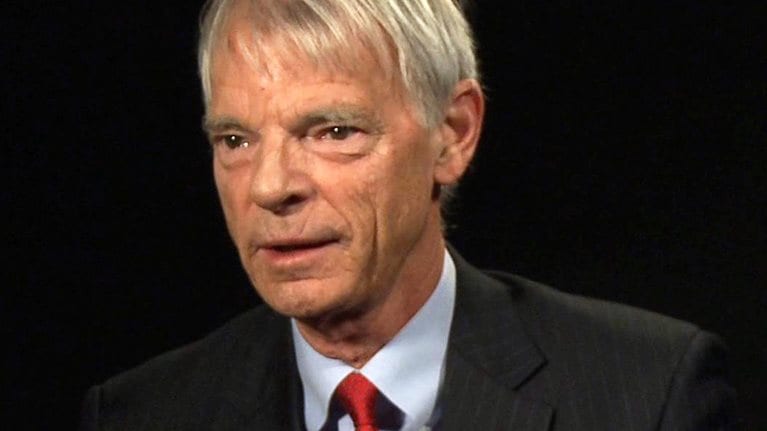In many parts of the global economy, unemployment remains high, labor’s share of income is declining, and optimism is suffering as a result. According to Michael Spence, the Nobel Prize–winning economist and professor of economics in the Stern School of Business at New York University, the critical factor in addressing these challenges is the ability of businesses, governments, and workers to adapt to sweeping technological changes while protecting incomes and access to services. This interview was conducted by McKinsey’s Rik Kirkland. An edited transcript of Spence’s remarks follows.
Interview transcript
One of the big challenges that we face is that the market outcomes, even in relatively high-performing economies—that is, high performing relative to their stage of development—are turning out to be pretty seriously out of whack. And this is different from the early postwar period.
In the early postwar period, things looked pretty good, you know? The advanced countries grew well. The war-damaged countries came along. The distributional effects were pretty benign. The middle class grew—opportunity abounded. The developing countries started to grow, and so on.
Now we’re in a situation in which the income and wealth distributions are skewing the other way. The share of labor income in total income is declining. There’s less optimism. There’s very high unemployment in pockets of poor economic performances in Europe. So it looks like there are forces at work that are making a sort of growth, you know, GDP diverge from the employment patterns. And I think we now understand a little bit what those are. But nobody has a template that tells us how to handle this. It’s a more challenging environment.
Taking the right actions
Too often in the world of policy people get enamored with a particular policy and you don’t hear much discussion of, “What’s the overall set of actions that we need to undertake, policies that we need to adopt, in order to accomplish the goal?” And there are lots of examples of that. Going back in history, the early Chinese case illustrates it in the development context, but it has to do with growth.
So we know that relatively high rates of public sector investment in education, infrastructure, the knowledge and technology base of the economy, are important. China was a relatively high public sector investment environment in the pre-reform era. But the economic performance was poor. Why? Because they didn’t have a market economy. They had a centrally planned economy, and it was closed to the global economy, which are two other key items on a list of things that go into a growth strategy in a developing country.
And so it’s very dramatic because, when the reforms came along, the market incentives and forces started to operate and they started to open to the global economy. The growth rate jumped, and the return to that public investment went way up.
And in the modern era, we’re seeing the same thing. So the Europeans are busy talking about a big public sector investment program, and it’s not going to yield the hoped-for results unless we have complementary reforms, particularly in the area of structure and flexibility.
Reacting to disruption
If you look across countries that are performing well—say, in the postcrisis period, but even before that—the correlation between structural flexibility and speed of recovery and economic performance is extraordinarily high. America’s doing better. It’s structurally flexible.
China is doing pretty well. It’s structurally flexible. Europe, in the south, is not structurally flexible, you know, and it’s really having trouble adapting to these very powerful forces. We’re heading for a world in which the vast majority of economies, even developing ones, are going to be services, or services and construction. And that’s just a very different world. And it requires flexibility to get there. And I think the point that is probably worth emphasizing is that it’s possible to resist this, but the price you pay is growth.
Adapting to technological change
Structural flexibility is not just about eliminating jobs. It’s also about creating them, and it’s about protecting people in a period when you have major transitions. So how do you protect people? Well, you protect their incomes, to some extent. Very important: you protect their and their family’s access to basic services and that kind of thing.
The goal that you’re going for is flexibility, some job loss, some job creation, but overall an expanded-opportunity environment. So you really need a situation in which business, government, and labor have enough trust that they can kind of agree that there are changes that are needed, that are intended to deliver benefits broadly to people, where everybody delivers on it.
I get involved or listen to a lot of debates about whether technology is a good thing or a bad thing in the long run. I think that’s not the main issue. The main issue is how do we do our best at managing the transitions in a way that doesn’t sideswipe people? You know, doesn’t cause fear and anxiety, doesn’t leave them with reduced opportunity.
In the long run, I think we’ll get around to it because we are, broadly, societies that debate things and eventually converge on answers that get done. The transitions can be pretty rocky and bumpy and difficult but, yeah, I’m an optimist.


